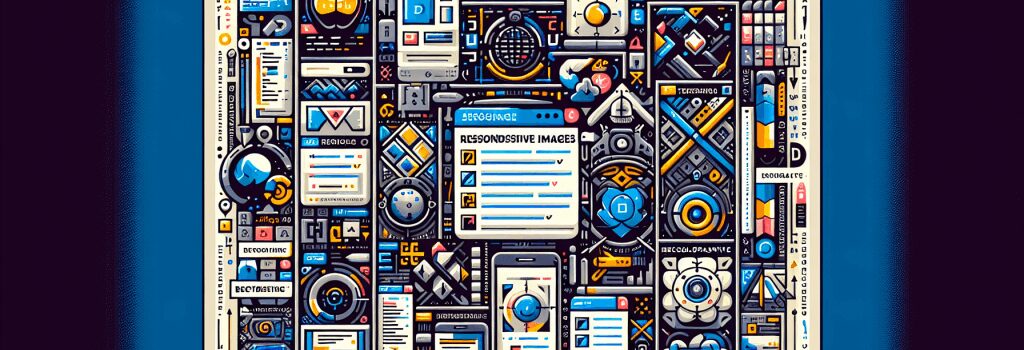Responsive Images in HTML and CSS: Techniques and Challenges

Creating responsive websites is essential in today’s mobile-first world, where images play a critical role in the design and user experience. To ensure your site looks amazing on all devices, mastering the techniques for displaying responsive images using HTML and CSS is essential. This guide dives into various methods and highlights the challenges you might encounter along the way, ensuring you have the knowledge to tackle responsive image implementation effectively.
Understanding Responsive Images
Responsive images adjust seamlessly to fit the screen size of the device, providing an optimal viewing experience without causing slow load times or excessive data usage. The goal is to serve images that look sharp on high-resolution devices while ensuring fast loading times on slower connections.
Techniques for Implementing Responsive Images
Using the ;<img>> Tag with ;srcset> and ;sizes> Attributes
The ;srcset> attribute in the ;<img>> tag allows you to define multiple image sources for different screen resolutions. The ;sizes> attribute indicates the actual image width relative to the viewport, helping the browser select the most appropriate image source.
– Example:
Art Direction with the ;<picture>> Element
When different images need to be displayed depending on the device or viewport size — a concept termed art direction — the ;<picture>> element is incredibly useful. It works with ;<source>> elements that include the ;srcset> attribute and the media attribute for specifying conditions.
– Example:
CSS Background Images
For images used as decorative background elements, CSS media queries can adjust the background image depending on the screen size.
– CSS Example:
Challenges in Implementing Responsive Images
Despite the available methods for making images responsive, several challenges can arise:
– Performance Optimization: Balancing image quality and file size is crucial for maintaining fast loading times. This involves choosing the correct format and compressing images without significant quality loss.
– Art Direction Versus Automatic Resizing: Deciding when to use art direction or allow automatic resizing can impact the development time and overall project complexity.
– Browser Compatibility: Ensuring all users have a consistent experience regardless of their browser. Some older browsers may not support features like the ;srcset> attribute, requiring fallback solutions.
– Maintaining Aspect Ratios: As screen sizes change, maintaining the image’s aspect ratio to prevent distortion is necessary.
Conclusion
Successfully implementing responsive images requires a deep understanding of the various HTML and CSS techniques and an awareness of the challenges involved. By carefully considering the needs of your project and testing across multiple devices and screen sizes, you can ensure your images contribute positively to the user experience, making your website more accessible and enjoyable for everyone.
By focusing on the combination of techniques and best practices highlighted in this guide, web developers can overcome the challenges associated with responsive image implementation, leading to faster, more responsive, and visually appealing websites.


